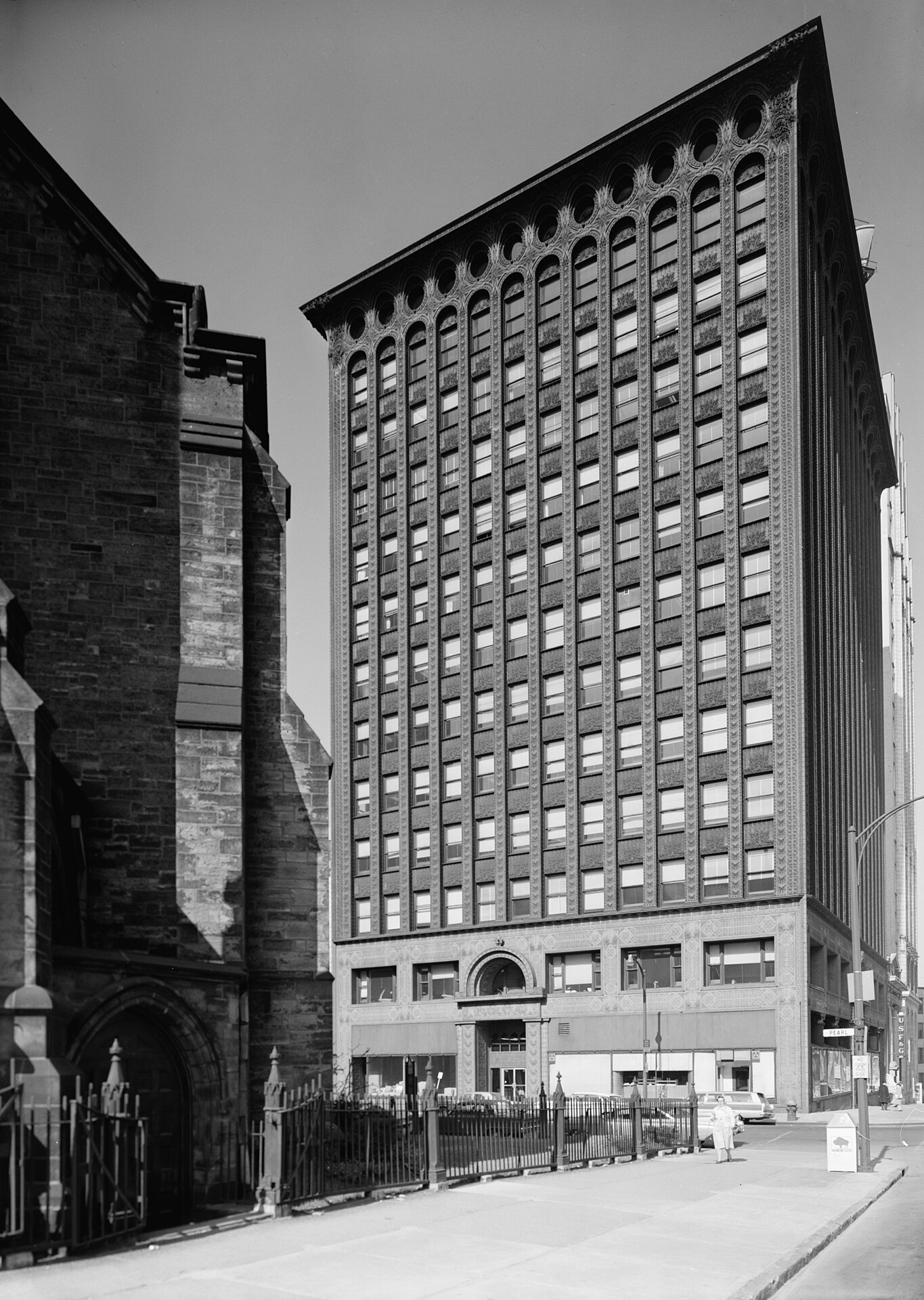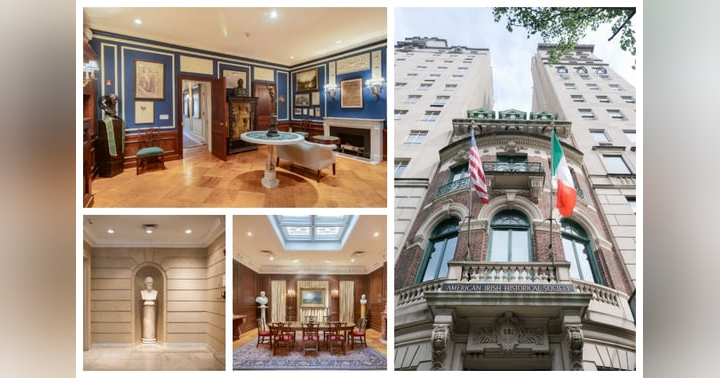Louis Henry Sullivan - Architect (1856 - 1924)

Louis Henry Sullivan, modernist architect, was born in Boston on September 3rd, 1856. His parents were both immigrants, his mother Andrienne List was a Swiss pianist and his father Patrick Sullivan was a Cork born dancing instructor from Clonakilty.
Have you listened to our podcast? Get the latest on our Episode Page.
Sullivan proved to be a precocious student, finishing high school early and entering the Massachusetts Institute of Technology (MIT) at age 16. Rather than completing academic training in architecture, he opted to immediately work in the field in Philadelphia before moving to Chicago in 1873.
The Midwest city Sullivan encountered in the 1870s was undergoing a building boom following the Great Chicago Fire of 1871. He found employment with William Le Baron Jenny commonly considered to be the designer of the first skyscraper. While Sullivan only spent one year with Jenny, leaving to study in Paris at the École des Beaux-Arts, he absorbed the principles of high-rise construction and the opportunities that new approach provided for ambitious architects.
With the advent of steel framed building, the traditional constraints of masonry building were removed. Coupled with elevators and electric lighting, architects now designed buildings at elevations previously unimagined.
Louis Sullivan's only New York City building: Bayard-Condict Building
The "form follows function" maxim is often attributed to Sullivan and while the origin of that term can be disputed, there is no doubt about the impact Sullivan had on the emergence of high-rise buildings. Frequent he built in the Plazzo style with a nod to the renaissance past while enabling the construction of huge buildings suitable to a booming economy. A particularly fine example can be found in Buffalo, New York in the form of the 1896 Guaranty Building.

Despite his successes, The Panic of 1893, placed extraordinary pressure on the company Sullivan had formed with partner Dankmar Adler. The men attempted to weather the economic downturn by borrowing to support their payroll, but ultimately had to shut down their business when a recovery did not materialize
Sullivan never recovered from the setback and sadly slipped into a decline aggravated by alcoholism. He died in Chicago on April 14th, 1924 and is buried in the city’s Graceland Cemetery.

















